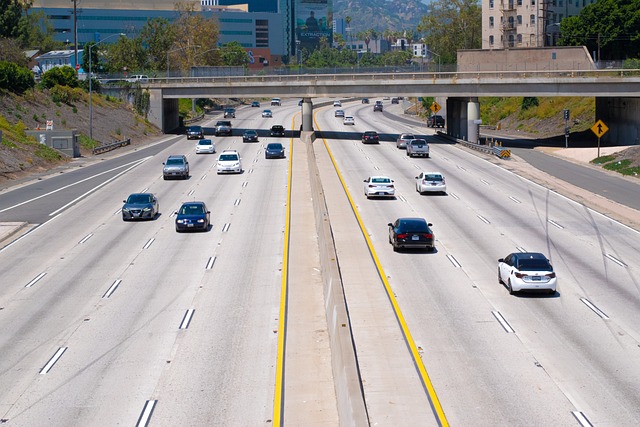In Texas (TX), lead soil contamination testing follows strict protocols for public safety, focusing on accurate identification and addressing of health risks. Data analysis, GIS mapping, satellite imagery, and on-site inspections systematically identify contaminated areas. Immediate safety measures include evacuation or restriction, followed by remediation plans and cleanup techniques. Regular monitoring ensures environmental safety in TX communities.
In Texas, lead soil contamination poses a significant health risk, particularly to children and vulnerable populations. This comprehensive guide delves into the essential practices of lead testing in TX soil. From understanding state-mandated protocols to identifying contaminated areas through meticulous step-by-step procedures, we offer valuable insights for homeowners, environmentalists, and professionals. Additionally, we outline crucial post-testing actions for safe management of lead-contaminated sites across Texas.
- Understanding Lead Testing Protocols in TX Soil
- Identifying Contaminated Areas: A Step-by-Step Guide for TX
- Ensuring Safety: Post-Testing Actions for Lead-Contaminated Sites in TX
Understanding Lead Testing Protocols in TX Soil

In Texas (TX), lead testing soil contamination checks are crucial for ensuring public safety, especially in areas with older buildings and industrial sites. The state has established protocols to guide these tests, focusing on identifying lead levels that may pose health risks. These protocols involve taking samples from various depths and locations within the soil to gain an accurate representation of potential contamination.
Professionals conducting these tests in TX follow strict methods, including using certified laboratories for analysis. Sample collection is carefully executed to avoid bias, with results interpreted based on established standards. This meticulous approach ensures that any lead contamination, whether from historic mining activities or industrial operations, is detected and addressed promptly, promoting a healthier environment for both residents and the ecosystem.
Identifying Contaminated Areas: A Step-by-Step Guide for TX

Identifying contaminated areas in Texas involves a systematic approach to ensure accurate and efficient testing. Start by reviewing historical data on previous contamination incidents, land use patterns, and industrial activities in the region. This provides valuable insights into potential hotspots. Next, conduct a site assessment using satellite imagery and GIS mapping tools to visually identify suspicious areas like abandoned factories or locations with known environmental issues.
On-site inspections become crucial; walk the terrain, look for visible signs of pollution such as unusual plant growth, soil discoloration, or debris accumulation. Collect samples from suspected areas, ensuring adherence to TX regulations and best practices for lead testing. This may involve taking multiple samples at different depths to account for variability in contamination levels. Regularly update your map with findings to create a comprehensive picture of contaminated zones across Texas.
Ensuring Safety: Post-Testing Actions for Lead-Contaminated Sites in TX

After conducting lead testing and confirming contamination in Texas (TX) sites, it’s paramount to prioritize safety measures to mitigate potential risks. The first step is to evacuate or restrict access to contaminated areas to prevent human exposure. This involves coordinating with local authorities and residents to ensure everyone’s well-being. Next, experienced professionals should assess the extent of contamination and develop a remediation plan tailored to the specific needs of each site.
For TX locations with lead contamination, implementing appropriate cleanup techniques is crucial. This may include removing contaminated soil, disposing of it safely at designated sites, and replacing the top layer of soil with clean material. Regular monitoring post-remediation is essential to verify that levels return to safe limits. By adhering to these strict protocols, Texas communities can address lead soil contamination effectively, ensuring a healthier environment for current and future residents.
Lead testing is a crucial step in ensuring the safety of Texas’s soil and its residents, especially in areas known for historical contamination. By understanding the protocols, following detailed guides, and taking appropriate post-testing actions, Texans can actively contribute to a cleaner environment. These measures are essential in identifying and mitigating lead contamination, allowing for healthier communities and a vibrant future for the state.
